A Classical Approach
Awe, excitement, and transcendence are emotions that patrons of the arts may experience when enjoying classical music, and participants in fitness may encounter in a well composed exercise practice. However, imagine attending a musical performance with players ready to play, but with instruments that are left in their cases. Disappointingly, the opportunity for enlightenment and entertainment are lost — similar consequences exist in exercise realms to the human bodies that sit idle and muted from movement.
Like the composition of an orchestra, the body is made of muscles acting as a symposium of instruments. Some sections of the body are capable of booming efforts that resonate like the bass notes of the tuba, while others are responsible for delicate actions like drawing a bow across strings. So, to entertain the audience — your body and brain, open the case, tune, play and refine your entire ensemble to experience the holistic benefits of exercise and movement.
However, movements in the form of step aerobics, the Thigh Master and boot camps are the fitness equivalents of disco, and auto-tuned pop to music. While their impacts were profound on their respective eras, and occasionally they enjoy a renaissance — audiences across the active and acoustic realms now crave more organic and less commercial sounds or exercise sequences.
For the betterment of fitness, or to your worst workout nightmares, nothing stands the test of time such as the sounds of classical music, and classical movement practices like ballet, old-time strength skills, and bodyweight calisthenics.
The Virtuosity of Classical Exercises:
Emotional Expressionism - With a crescendo, celebrate your feats of strength. Then, fast like allegro, or slow like an adage — learn the soft skills of movement. Contrast the objectives of your exercise sessions to diversify the emotional benefits of exercise on your mind and body. Attend to your breath, inhale and exhale slowly — so, when the pace of your exertions increase — you are confident and adapted to recover. An orchestra is capable of making an audience feel. In fitness, feel lighter by learning to rebalance your body’s tension, and feel accomplished in your wellness pursuits.
Timelessness - Your exercise apparatus does not need moving parts. The body that is capable of creating, and learning the mastery of the composition without any more hinges, pivots or levers. Use simply constructed, and time tested implements like steel kettlebells, your own bodyweight, and wood mounted balance aids to help you specialize in a classical strength and wellness routine. Train strength, movement skills and traditions that have enabled the development of culture, and communities of strength over the last five hundred years.
Complexity or Depth - Classical exercises often have foundational skills and interesting progressions that are able to engage users on multiple levels. The possibility for movement, and the enhanced complexity of the tasks allowing for the enjoyment of repeated training sessions without losing its appeal. In a classical, or skill based exercise practice, build new relationships within the body, or develop an enhanced appreciation for the exercise entity. Enjoy the process, increase your capacity and realize efficiencies in your everyday pursuits and specialized performances.
While it might not appeal to everyone, for those who do enjoy it, classical music and classical movements offers ranges of emotion, history, and artistic expression absent from modern popular music, and mainstream exercise culture. This week, honour the permanence of good things, and develop an appreciation for classical movements that will help you stand the tests our current times. You are the conductor, cue the music, or the movement and exercise classically for enhanced form and function everyday.
Take Care,
Ian and Laury
